New York City ,East River
The East River is a tidal strait that flows between the boroughs of Manhattan and Brooklyn in New York City, separating Manhattan Island from Long Island. Here's a description of the East River and its significance to New York City:
Geography and Location: The East River is not a river in the traditional sense but rather a tidal strait connecting Upper New York Bay to Long Island Sound. It forms part of the larger New York Harbor complex, which includes the Hudson River and the Upper and Lower Bays.
Bridges: The East River is spanned by several iconic bridges, including:
- Brooklyn Bridge: One of the oldest suspension bridges in the United States, connecting Manhattan and Brooklyn. It offers pedestrian walkways with panoramic views of the East River, Manhattan skyline, and Statue of Liberty.
- Manhattan Bridge: A suspension bridge connecting Manhattan and Brooklyn, known for its distinctive architecture and subway lines.
- Williamsburg Bridge: Connects Manhattan's Lower East Side with Brooklyn's Williamsburg neighborhood, carrying vehicular, subway, and pedestrian traffic.
- Queensboro Bridge (59th Street Bridge): Connects Manhattan and Queens, offering vehicular and pedestrian access with views of Roosevelt Island and the East River.
Waterfront Parks and Promenades: Along both the Manhattan and Brooklyn shores, the East River is lined with waterfront parks, promenades, and recreational areas. These include:
- East River Park: A waterfront park on the Lower East Side of Manhattan, offering jogging paths, sports fields, and views of the river and Brooklyn skyline.
- Brooklyn Bridge Park: Located along the Brooklyn shoreline, offering green spaces, playgrounds, sports fields, and panoramic views of the Manhattan skyline and East River.
Transportation and Ferries: The East River is an important transportation artery, with ferry services connecting Manhattan, Brooklyn, Queens, and Governors Island. The East River Ferry and NYC Ferry provide scenic commuter and recreational routes along the river.
Historical Significance: The East River has played a significant role in the history and development of New York City, serving as a vital transportation route for goods and passengers during the city's early growth. It was once lined with bustling waterfront industries and shipping terminals.
Recreation and Activities: The East River offers opportunities for recreational activities such as kayaking, boating, and waterfront dining. Several marinas and boathouses along the river provide access to water sports and activities.
Overall, the East River is a dynamic and essential element of New York City's geography and urban landscape, offering stunning views, recreational opportunities, and historical significance as a vital link between Manhattan and Brooklyn. It continues to be a central feature in the city's cultural, recreational, and transportation infrastructure.


